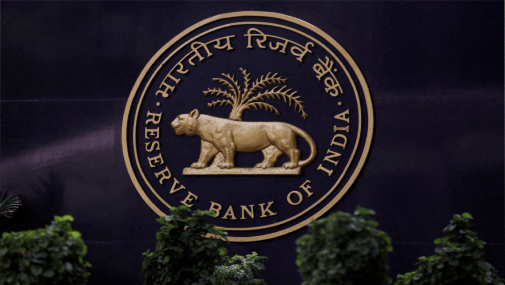H-1B and L-1
April 19, 2017 | Expert Insights

How will this affect Indians in the USA?
The US Administration has ordered a review of current H-1B and L-1 visa rules and provisions as per an executive order. Two senators had introduced a legislation that aims at restructuring employment opportunities in favor of Americans in January of 2017. If the legislation passes in Congress, it will reorient current employment dynamics between India and America as Indians are the largest receiver bloc of the non-immigrant H1B work visa.
What are the current problems faced by Americans?
The current set-up has allowed for many companies to take advantage of the loopholes by providing training for H-1B and L-1 visa holders who will return to their home countries to do the same job. This has inadvertently led to India turning into an easy source of labor, especially for software services sector.
Senator Chuck Grussley, Chairman of the Senate Judiciary Committee, said the visa provisions were put in place so as to “complement America’s high-skilled workforce, not replace it.” By paying lower wages to hired immobile labor, Tech giants in the Silicon Valley have made utmost use of claims, such as ‘talent shortage,’ to hire foreign workers who are bound to their companies if they wish to start the Green Card process.
What are the requirements under the new legislation?
Countering the ‘talent shortage’ possibility, the H-1B and L-1 Visa Reform Act would prioritize the distribution of H1B work visas to the “best and brightest” students who have studied in American universities. It extends to include those who hold advanced degrees and valuable skills. The merit-based system could warrant a boost in growth complemented by skilled foreign workers.
To deter foreign nationals from being employed in work places that could employ US citizens itself, H1B applicants must produce an advertisement for work over a long time to prove the unavailability of domestic US workers. Removal of the ‘per country’ cap for more equal distribution.
An employer is restricted from hiring more H-1B workers if half of his workforce comprises H-1B visa holders. Thus, the new requirements will have a qualitative stronghold over the number of H-1B visas
How will USA and India be affected?
The strict enforcement of rules with the Department of Labor vetting applicants for misuse will protect jobs below the $130,000 salary requirement cap as well. The drive to “Hire American” has already affected stock prices of Information Technology companies. There is an expected increase in wages, however, other elements such as federal minimum wage laws and intra-company employee movement can disrupt predictions for the future.
Beyond the IT sector, Indians seeking to study in American universities can be dissuaded with the new provisions. There are many Indians who use the H-1B visas for initial entry into America, outstaying their permit without deportation.
Productivity growth amongst domestic workers will improve on the basis of the field of participation. A more thorough mandate for administration of regulations will lead to large scale deportations, if efficiently implemented.








Comments